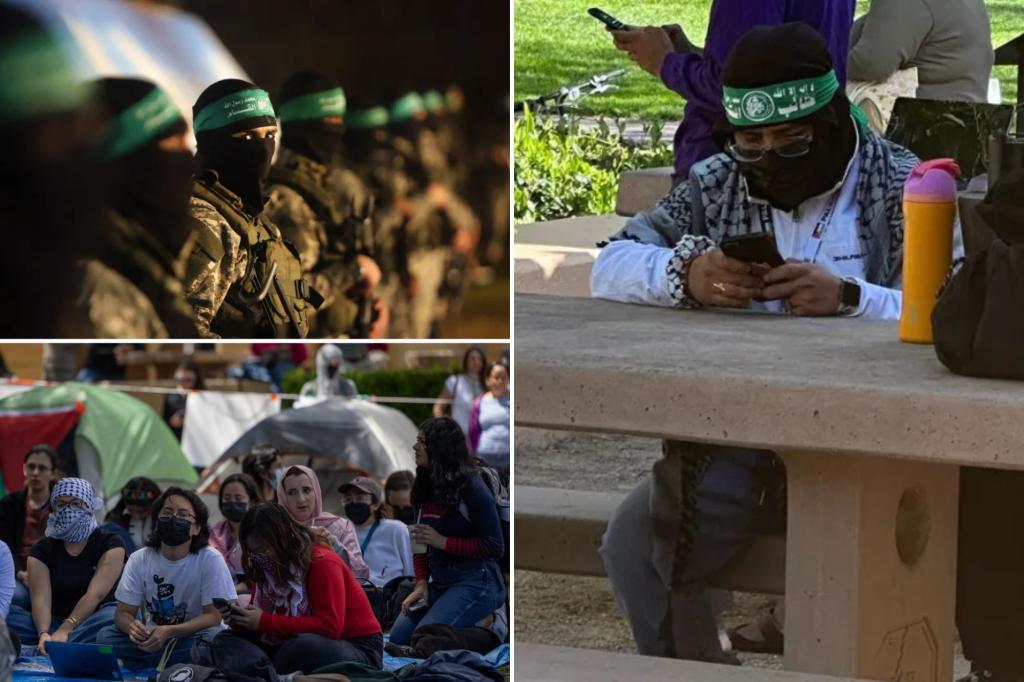Two Jewish students at Stanford University were concerned about the presence of antisemitic behavior on campus, especially in light of ongoing anti-Israel protests. The students became alarmed when they saw a man wearing a headband similar to the one worn by members of the Izz ad-Din al-Qassam Brigades, the military wing of Hamas, at the university’s White Plaza area. The students decided to take a photo of the man but did not confront him out of fear for their safety. The image quickly spread on social media, prompting university administrators to issue a statement expressing their concern about the situation. They also forwarded the photo to the FBI for further investigation.
The two students raised their concerns about the prevalence of antisemitic rhetoric on college campuses, noting that some protesters lack knowledge about the Israel-Palestine conflict they are advocating for. They emphasized the need for Stanford administrators to take a more aggressive approach to address speech that incites violence, particularly when it involves individuals supporting designated terrorist groups such as Hamas. The students expressed frustration at the lack of understanding and awareness among those involved in the protests, highlighting the challenges faced by Jewish students on campus. They called for stronger action to combat hate speech and prevent violence on university grounds.
The viral image of the man wearing a Hamas-style headband sparked conversations regarding the boundaries of free speech and the implications of expressing support for terrorist organizations on college campuses. The incident heightened tensions among the student body, with concerns about safety and acceptance for Jewish students in spaces where antisemitic sentiments are expressed. The students who captured the photo hoped that the incident would prompt a reevaluation of the university’s approach to addressing hate speech and potentially dangerous ideologies on campus. They also called for greater awareness and education about the complexities of the Israel-Palestine conflict to facilitate more informed discussions among protestors and students.
The FBI stated that they were in close communication with local law enforcement regarding potential threats arising from protests and demonstrations on college campuses. While acknowledging the rights of individuals to peacefully exercise their First Amendment rights, the agency emphasized their commitment to investigating individuals engaging in violence or criminal activities. The statement reflected a balancing act between respecting freedom of speech and ensuring public safety, particularly in situations where extremist ideologies or threats of violence are present. The FBI’s involvement highlighted the serious nature of the incident at Stanford University and the ongoing efforts to prevent violence and protect the campus community from harm.
The incident at Stanford University shed light on the complexities of managing free speech and protecting against hate speech on college campuses. It brought to the forefront the challenges faced by Jewish students and the need for institutions to address antisemitic behavior and ideologies effectively. The viral image served as a wake-up call for the university to strengthen its measures against hate speech and extremist views that can lead to violence or create unsafe environments for students. The students involved in capturing the photo played a crucial role in raising awareness about the presence of such ideologies on campus and the importance of taking proactive steps to address them. The incident prompted reflections on the role of universities in fostering inclusive and safe environments for all students, regardless of their backgrounds or beliefs.


